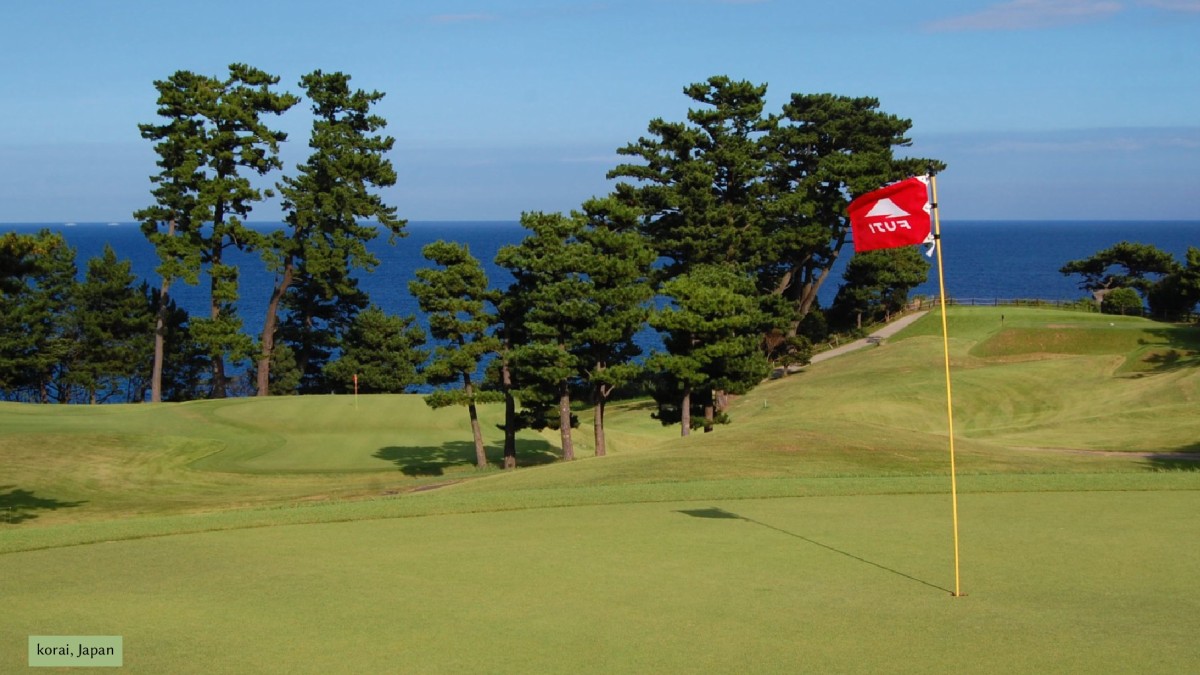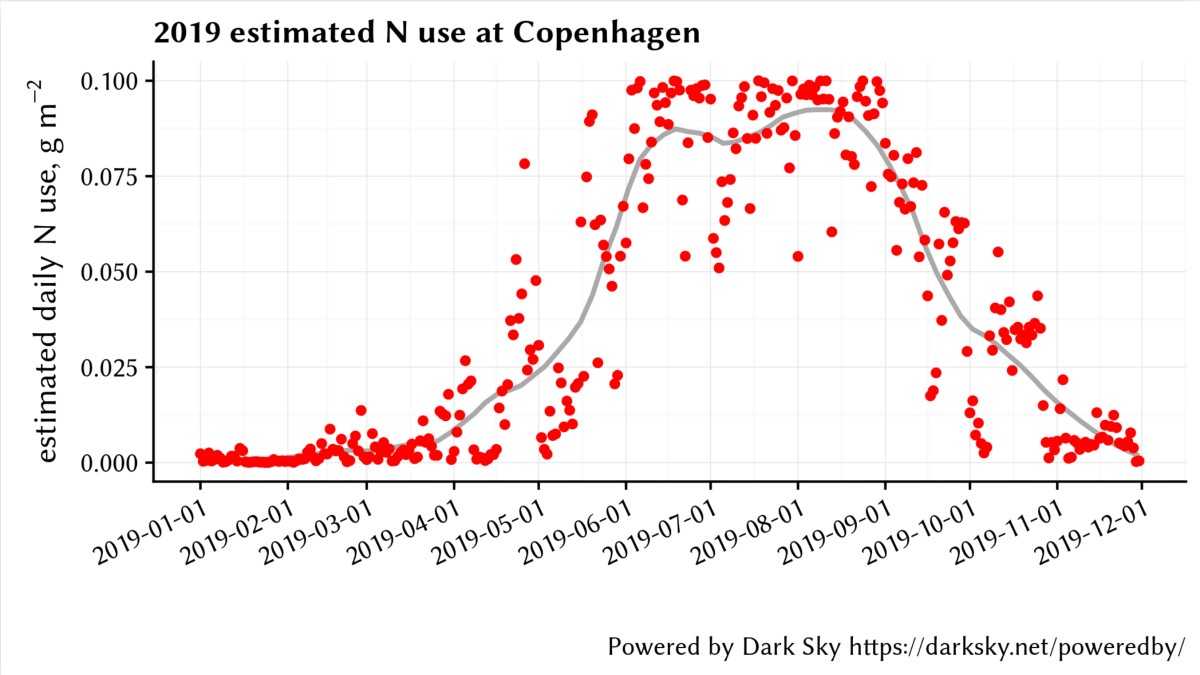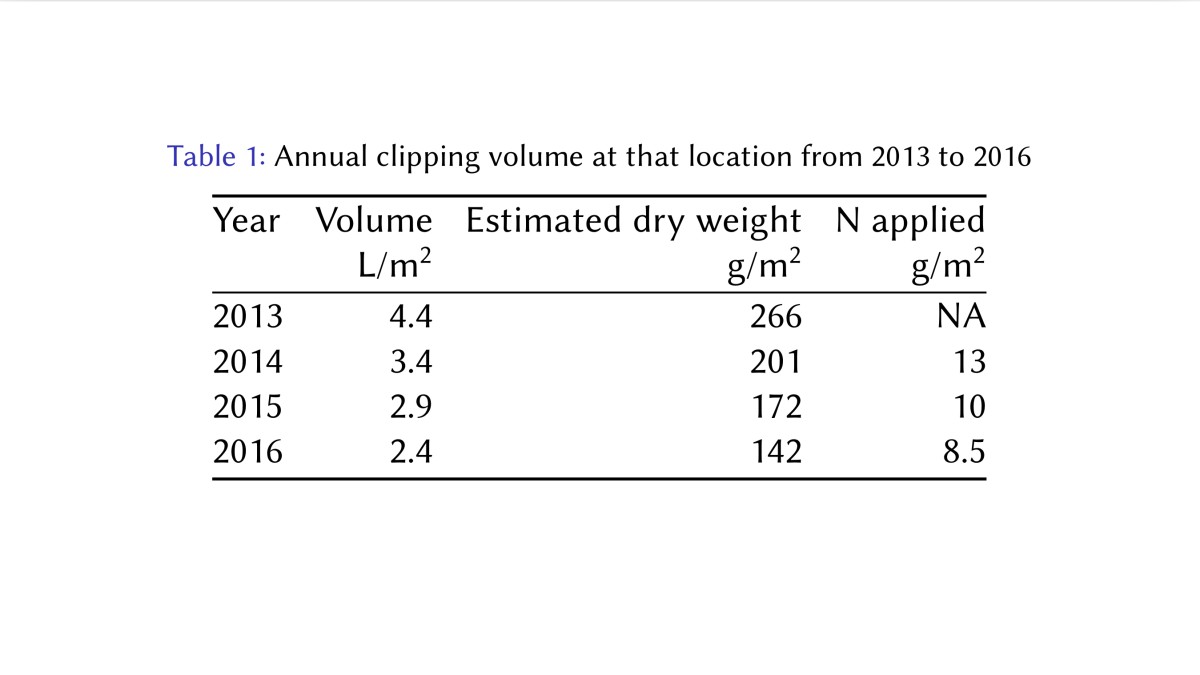I was at Copenhagen Golf Club on Monday for seminars with the Danish Greenkeepers Association. See some photos of the day here.
One of my presentations was about green speed—I called it Stimp Stats. This is the second sentence of the USGA’s stimpmeter instruction booklet:
“Variations in speed, whether from one green to the next or on different parts of the same green, can do more to negate a player’s skill than can ragged fairways or unkempt bunkers.”
 When going from green to green on the same golf course, what’s the normal (or expected) difference in green speed? What would be an abnormally large difference in green speed?
When going from green to green on the same golf course, what’s the normal (or expected) difference in green speed? What would be an abnormally large difference in green speed?
I didn’t know what a normal variation in speed from green to green would be. Since 2011, I’ve been measuring that. On average under non-tournament conditions, the standard deviation among greens on the same course is about 0.3 feet (about 4 inches, or 10 cm).
Another presentation was about A Short Grammar of Greenkeeping. That book describes turf management in terms of producing the optimum growth rate. To get the optimum growth rate, it can be really useful to get some starting point numbers about mowing, growth, fertilizer, irrigation, topdressing, and so on, to guide the decision-making process about what work to do.
I showed how one can predict nitrogen use based on the environmental productivity index (EPI) and the temperature-based turfgrass growth potential (GP).
 One can use the temperature-based turfgrass growth potential to go from daily temperature data all the way to estimated daily N use.
One can use the temperature-based turfgrass growth potential to go from daily temperature data all the way to estimated daily N use.
In the context of optimum growth rates, I think it is useful to measure how much the grass is actually growing. I told a story in my presentation Getting Buckets (read more about this topic in this free book) about the clipping volume from putting greens over four years after a new superintendent started at a golf course near Tokyo.
 After a new superintendent started working at this course, the clipping yield from putting greens went down by more than 40% over four years as he became familiar with the property.
After a new superintendent started working at this course, the clipping yield from putting greens went down by more than 40% over four years as he became familiar with the property.
I pointed out that what often happens when one measures clipping volume is that one finds turf conditions can be optimized with less growth. I asked the audience if they thought that turf growing 40% less would require more or less core aeration, and more or less topdressing sand.
It was a great day of seminars, and I am looking forward to another visit to Copenhagen in July 2021 for the 14th International Turfgrass Research Conference.